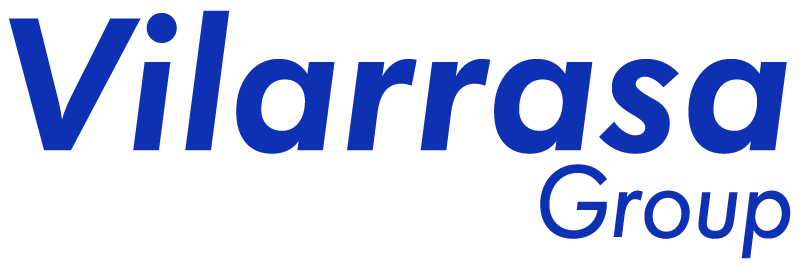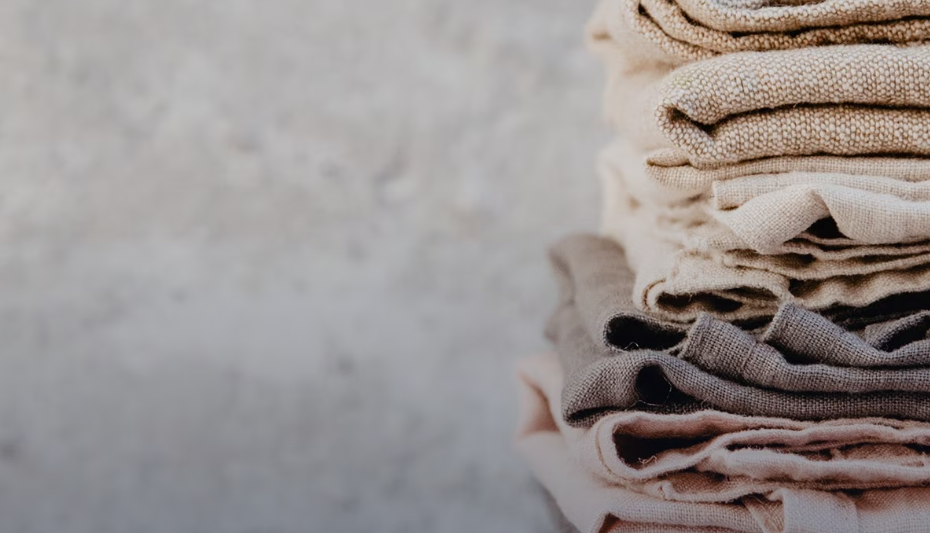Textile waste is now the fastest growing segment of the USA’s waste stream, with the amount of discarded textiles increasing annually. Although some of this waste is reused, 85% of it ends up in landfills. The demand for recycled fibres is growing, but access to the waste supply is limited.
Key elements to supporting the growth of textile-to-textile recycling include understanding the material composition, volume and location of used textiles, as well as expanding access to textile recycling. With a scaled textile collection and sorting infrastructure, the industry could capture used textiles, sort them for the best and highest quality end use, and fulfil the increasing demand for both second-hand and recycled commodity feedstock.
The US presents a great opportunity with the potential for incredible positive impacts considering the volume of the consumer market and post-consumer textiles landscape. Here are some key points related to sorting textile circularity in the U.S:
- Recycling Programs:
- Textile recycling programs play a crucial role in circularity. Many municipalities and organizations in the U.S. have implemented textile recycling programs to collect and process used clothing and textiles.
- Circular Fashion Initiatives:
- Some fashion brands are adopting circular fashion initiatives, where they design products with recycling in mind. This involves using materials that are easily recyclable and encouraging customers to return old clothing for recycling.
- Consumer Education:
- Raising awareness among consumers about the environmental impact of fast fashion and the benefits of choosing sustainable and circular fashion is essential.
- Innovation and Technology:
- Investing in innovative technologies for textile recycling and sustainable materials is crucial for advancing circularity. This includes research into new materials that are easier to recycle and the development of efficient recycling processes.
- Certifications and Standards:
- Certifications like the Global Recycled Standard (GRS) provide a framework for evaluating and verifying the sustainability and circularity of textile products.
Sorting textile circularity in the U.S. involves a multifaceted approach that encompasses recycling infrastructure, sustainable practices, consumer behavior, and regulatory frameworks. As the industry continues to evolve, the focus on circularity is likely to grow, driven by environmental concerns and consumer demand for more sustainable and responsible products.


